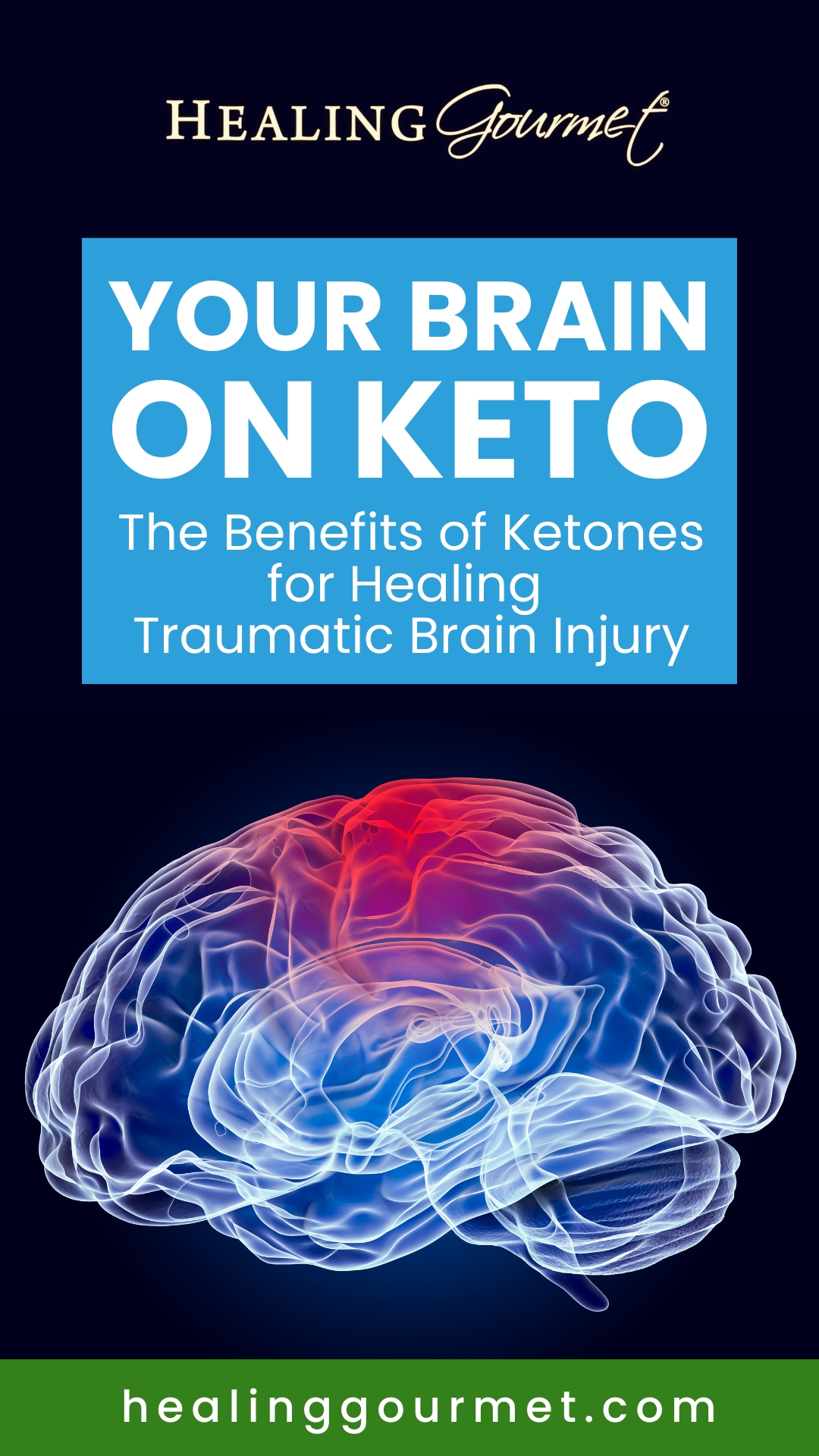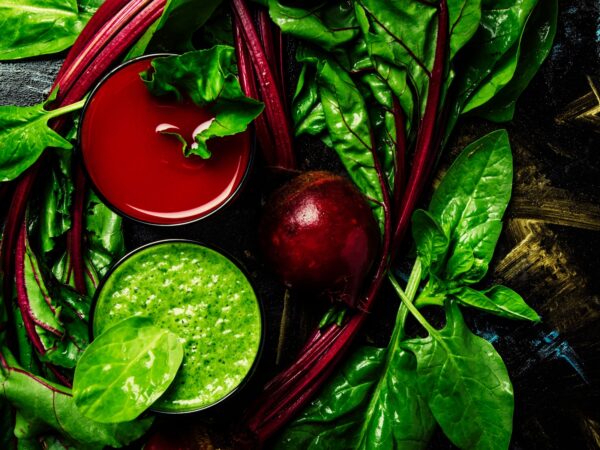The Keto Diet for Traumatic Brain Injury
Each year, nearly two million people in the United States alone suffer some form of Traumatic Brain Injury (TBI). The road to recovery is often long and arduous, as the swelling slowly subsides and physical trauma to the brain is healed. For others, healing appears to occur quickly with a return to normalcy within days or weeks.
But in many cases, problems continue to arise months and even years later. Some of these lingering effects can be clearly attributed to the injury, including headaches and epileptic seizures. However, many people with brain injury experience more subtle effects, including cognitive difficulty, sleep disturbances, behavior changes, depression and higher rates of suicide.
As with most issues which involve our health, diet can play a big role in our ability to recover. And thankfully, the evidence suggests that brain injuries are no different. What we eat can play a BIG role in our ability to heal.
Nutritional ketosis has been proven to benefit a range of brain-related issues. From epilepsy and Parkinson’s, to stroke, Alzheimer’s and autism, ketones have long been known to have a positive impact on neural structures.
Today, you will discover that nutritional ketosis can also help to heal an injured brain – far beyond what could be done without a dietary protocol in place. So, please keep reading to learn how an injured brain responds to different “fuel” sources… plus the benefits of ketones for healing brain trauma.
What is Brain Trauma?
Traumatic brain injury is any form of dysfunction that is created by any outside force, which causes damage to brain tissue. Traumatic brain injuries can range in severity from a mild concussion to severe injuries like brain hemorrhages.
The main causes of TBI include falls, being struck by an object, and vehicular crashes. Impact sports like football and boxing are also key causes of brain injury. But any activity which causes impact to the brain – especially repeated impacts – can cause injury and the potential for problems down the road. This can include activities as “benign” as the repeated practice of “heading” a soccer ball.
It should go without saying that the best way to deal with a traumatic brain injury… is to not get one in the first place! Take general precautions to protect yourself and your loved ones, like wearing a helmet, fastening your seatbelt and avoiding impact sports (football, boxing, etc).
The Phases & Effects of Brain Trauma
After a brain trauma occurs, there are three phases that follow:
- Swelling: As is the case with other bodily injuries, swelling is the first stage following a trauma. As the brain fills with fluid, it swells. However, because the brain is bound by the skull, excessive swelling can cause a secondary trauma if not treated promptly.
- Dysfunction: You may have heard the adage “form follows function”. When an injury to the structure of the brain occurs, the brain no longer functions in the same way. This is why many people who suffer from traumatic brain injury have disturbances to behavior, thought processes and sleep.
- Recovery: In general, the recovery from traumatic brain injury can take from a few weeks to several months and, of course, years in some cases. The severity of the trauma and the nutritional status of the patient are key factors that impact recovery time.
Unfortunately, any kind of trauma to the brain can have long-lasting consequences including insomnia, changes in mood, difficulty concentrating, memory loss, and hormone dysfunction. Seeking treatment immediately after any kind of brain trauma is vitally important to achieve the best outcome.
Beyond the standard tests and care, there are a wide range of complementary therapies found to help heal the brain after injury – including hyperbaric oxygen therapy (HBOT) and IV antioxidant infusions including the nutrients vitamin E, vitamin C, and selenium.[i][ii][iii] Restorative sleep is also critical.
And as we have mentioned, diet can also play a key role in healing a traumatic brain injury. In fact, research shows the injured brain responds very differently to carbs then it does fats.
Let’s take a look at the injured brain on a high-carb diet…
The Injured Brain on Glucose
One of the worst things you can do for an injured brain is feed it quickly-digesting carbohydrates and sugar. In fact, multiple studies show that high blood-sugar levels worsen the outcome for traumatic brain-injured patients. [iv]
Here’s why…
Immediately after the brain is injured, the metabolism of brain fuel is altered. The equilibrium across neuronal membranes is shifted, increasing extracellular potassium and glutamate. This modifies the brain cells’ resting membrane potential.
In order to restore balance (or homeostasis), the brain initially takes up a large amount of glucose. This increase in brain glucose after brain injury is believed to be protective in the short term. But in the long term, TBI patients with higher blood-glucose levels experience worse outcomes. Researchers believe this is because the injured brain has difficulty harnessing energy from glucose.[v] This poses a significant roadblock to recovery because the brain needs energy to heal itself!
What’s more, glucose generates higher levels of tissue-damaging free radicals and less “energy currency” (or ATP) than an alternate fuel source: Ketones.[vi]
The Keto Diet: Neuro-Protective Nutrition
Researchers found that reducing the brain’s dependence on glucose metabolism, and instead providing ketones – a clean-burning “alternate” fuel source – has a number of distinct advantages for the injured brain:
- Stimulates the Creation of New Mitochondria: The ketone beta-hydroxy-butyrate (BHB) is a much more energy-efficient fuel source than glucose. This ketone body stimulates mitochondrial biogenesis (the creation of new mitochondria) by up-regulating specific genes.[vii][viii] Mitochondria are known as the “powerhouse of the cell” and researchers recently discovered that these structures actually help neurons grow and make proper connections in the developing (or recovering) brain.[ix]
- Protects Against Neuronal Cell Death: Ketones are known to protect against brain cell death (apoptosis) by decreasing the formation of harmful free radicals.[x][xi]
- Boost’s the Body’s Master Antioxidant: Studies show the ketogenic diet up-regulates the synthesis of your body’s master antioxidant and detoxifier – glutathione. This important molecule helps to counteract damaging free radicals and DNA damage.[xii]
Dr. Mayumi Prins, PhD, of the UCLA David Geffen School of Medicine, Department of Neurosurgery says:
“Cerebral metabolism of glucose has been shown to be altered after head injury and increasing cerebral metabolism of alternative substrates (ketones) has been shown to be neuroprotective […] This altered dietary approach may have tremendous therapeutic potential for both the pediatric and adult head-injured populations.”[xiii]
The keto diet continues to demonstrate its power as a therapeutic tool. So much so, that clinical trials are currently underway for treating traumatic brain injury with a ketogenic diet.
Creating Your Neuro-Protective Keto Diet
We’ve long known that the ketogenic diet offers unparalleled nutritional support for the brain. Recent research shows that the powerful zoonutrients and phytonutrients found in an ancestral diet – including creatine, choline, polyphenols, EPA/DHA, branched chain amino acids, zinc, vitamin E, vitamin C, selenium, and magnesium – also have protective and healing effects on brain tissue.[xiv]
Here’s a few healing meal ideas to get started with your nutrient-dense, neuroprotective ketogenic diet:
- Pastured eggs, grass-fed butter, ½ cup organic raspberries
- Pastured lamb roast, cauliflower mash, massaged kale salad
- Wild salmon patties with creamy dill and cucumber salad
- Seared chicken livers over organic mixed greens
- Roasted bone marrow over NY strip steak with diced avocado
- Wild scallops with pastured bacon and sautéed brussels sprouts
- Keto egg salad lettuce cups





Leave a Reply